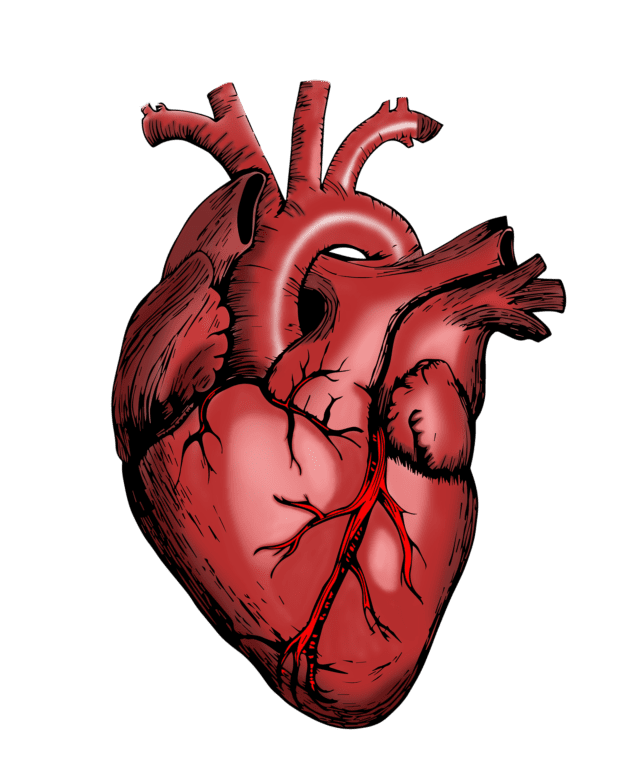According to a recent article, investigators created a machine learning model in order to identify if patients are at risk of rare cardiomyopathy.
Transthyretin Amyloid Cardiomyopathy (ATTR-CM)
Transthyretin amyloid cardiomyopathy (ATTR-CM) is an underdiagnosed and potentially fatal disease. It’s characterized by deposits of amyloid protein fibrils in the walls of the left ventricle, the main pumping chamber of the heart. In ATTR-CM, the amyloid protein is made of transthyretin. The amyloid protein deposits cause the heart walls to become stiff, resulting in the inability of the left ventricle to:
- Properly relax and fill with blood
- Adequately squeeze to pump blood out of the heart
Symptoms:
- Shortness of breath is the most common, especially with minimal exertion and when lying down; the other symptoms usually occur after the shortness of breath is already there
- Coughing or wheezing, especially when lying down
- Swelling in the feet, ankles, and legs
- Bloating in the abdomen
- Confusion or trouble thinking
- Increased heart rate
- Palpitations or abnormal heart rhythms
Additional symptoms:
- Numbness or tingling in the hands and feet
- Carpal tunnel syndrome
Creating the Model
Unfortunately, ATTR-CM is underdiagnosed, which is why researchers wanted to come up with a method to detect it in patients. The investigators looked at a large database of medical claims data. This included one group of heart failure patients diagnosed with ATTR-CM and another group of patients that were not diagnosed with ATTR-CM. By doing this, investigators were able to determine the combination of clinical diagnostic codes that were most associated with ATTR-CM. They found they were pericardial effusion and atrial flutter, and non-cardiac predictors including carpal tunnel and inflamed joints.
After coming up with the model, investigators took it and used it with large medical claims datasets to test its validity. The completed model was tested in EMR data from Northwestern Medicine in collaboration with the Northwestern Medicine Enterprise Data Warehouse (NMEDW).
Impact
This new model being able to predict ATTR-CM based on unique combinations of clinical features has improved sensitivity and specificity of detection in patients. In patients dealing with heart failure, the non-cardiac features can help distinguish whether the heart failure is caused by ATTR-CM or a different condition. Furthermore, by using medical claims data the model is able to be generalized to hospitals countrywide. Researchers also point out that this technology could be useful in treating other rare conditions beyond ATTR-CM, allowing it to reach and help more patients.






